How To Give Negative Feedback
Negative feedback is one of the things that makes us feel extremely uncomfortable to give. The strategy we mostly use with this is just avoiding it. Sometimes the topics become to pressing, that we end up taking a step towards approaching the person, to finally give the feedback. Many times we get just what we expected: it becomes a self-fulfilling prophecy.
Being able to handle situations like that ourselves, makes us feel more secure and self-confident about having a successful conversation.
Talk about yourself
One way to approach difficult situations is to talk about oneself instead of the other person. Instead of saying "You stink." you could say something such as "I have a very sensitive nose which leads me to having headaches easily through odors." In the first version, you put your evaluation and interpretation on top of the other person and make it look like "the truth". Your counterpart feels offended and won't be open to cooperating with you anymore. In the second version you place the focus on yourself and share your own thoughts and feelings with the other person.
Be aware, that in English, it might look like you are talking about yourself when you say "I feel that..." but what is very likely is, that you use a You-message with it: "I feel that you stink." Then you don't talk about yourself anymore but about the other person.
Nonviolent Communication Formula
Besides using I-message, you can also use the formular of nonviolent communication: observation - feeling - need - request.
If you follow this formula, the other person is more likely to give you what you want because they can relate to you. Feelings and needs are universal, everyone has them and once they learn that you have negative feelings or needs, the chances that they will cooperate, are very high. If they still don't want to do what you desire, start to look at their needs and feelings: what is it that they need? If you openly address this in a conversation the other person will see that you care about him and also start to care about you.
Here is an example of how to use the four steps:
Observation:
Your shoes are in front of your door.
Feeling:
I am concerned that the cleaning person might not be able to remove the dirt around them while cleaning.
Need:
So my need for cleanliness would not be met.
Request:
Do you think there is some way how we could change that?
All these steps might seem very long and they don't seem natural at first sight. They are very useful anyways. There are two challenges that are connected to applying the steps.
Don't Judge Everything
The first one is connected to the observation. We all learn how to be judgemental at the latest, the moment we enter school. There is always other people telling us if something is good or bad and if we are supposed to do it like that or not. Once we learnt that other people are doing this, we also start doing it. First we just follow what others are saying and then it's this 'general wisdom'. "You're not supposed to do this." We are doing this for things to be easier, for us to be faster and to not think so much. It's the safe way because it ensures us to fit it. If you allow yourself to not judge anymore but actually just look at things - simply observe - you will start discovering new things. It's an adventure.
How do you feel about it?
The second challenge are your feelings and needs. We are so busy being judgemental that we already know how we feel. We are angry because it's not allowed to do it that way. It's a formula we are using. If xy happens, we feel xyz. But is this actually what we are feeling? The average vocabulary we are using to describe our feelings consists out of 6 words: good, bad, tired, angry, excited and sad. Becoming more aware of what is behind this good or bad is a challenge, because we are not used to it. Start challenging yourself. And also ask yourself, what need is behind this feeling.
Once you managed these two challenges, it will be easy to apply the steps in every feedback meeting you have. Before you get there, try to pick at least one strategy (I-message, observation or feeling / need), prepare, practice and apply it. Remember to be patient in the meeting itself. Don't waste all your words if the other person also has some!











Spätestens seit dem 2. Lockdown sind wir daran gewöhnt, im Homeoffice Videokonferenzen, Co-Kreative Online-Meetings Projekt-Updates, Webinare, Sales Pitches, Vorstellungsgespräche, ganze Onboarding-Prozesse und Teambuilding parallel durch 5 verschiedenen Tools durchzuführen. Brauchen wir dann überhaupt noch das Office?